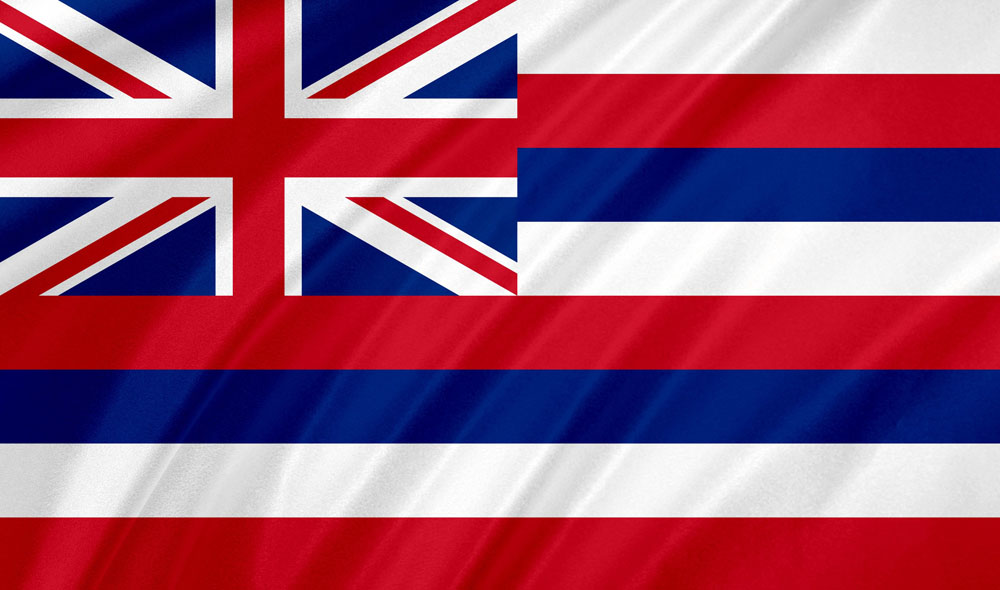
The 50th state of the United States is located in the middle of the Pacific Ocean and geographically belongs to Oceania as a South Sea island and thus part of Polynesia. The island chain, which was named after its largest island Hawaii (also known as Big Island), consists of a total of 137 islands and atolls, only a few of which are inhabited. Maui, Oahu and Big Island are probably the best-known islands. Lanai, Molokai and Kauai are among the other inhabited main islands that are not privately owned and are accessible to tourists.
When you think of Hawaii, you think of strings of flowers, endless beaches, surfing, diving, aloha, ukuleles and volcanoes. Of indescribably beautiful nature, Honolulu and Waikiki, outrigger boats and hula. In short, paradise.
So why not take a language study trip to Hawaii to learn English? Why not attend an English course in the mornings and explore the islands in the afternoons and at weekends? Why not immerse yourself in a completely different culture for a few weeks and turn your back on everyday life? Why not fly to paradise and learn English at the same time? Yes, why not?
Six islands can be visited in the Hawaiian archipelago, although language schools are found almost exclusively on the third-largest island, Oahu, where around 75% of Hawaii's inhabitants live. Language courses on other islands or in other regions of Oahu can usually only be booked as private lessons or directly at the teacher's home. Even though many language travel providers only offer language courses in Honolulu on their websites, many are also happy to arrange individual private lessons on request, for example on Maui.
However, you can also go on excursions to the islands of Hawaii from Honolulu, either in the afternoons or at the weekends. The local language schools usually offer organized day trips so that you don't have to go exploring alone, but can discover the island paradises together with other language students.
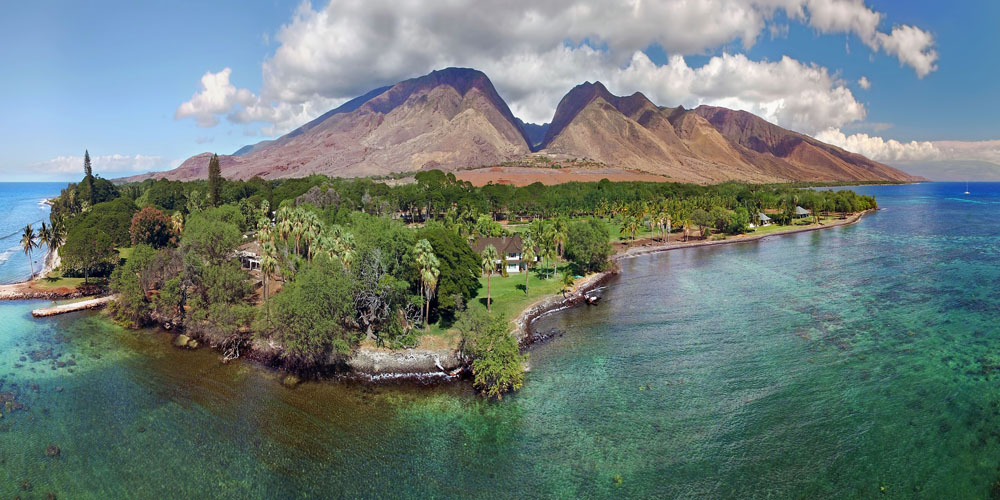
There are no non-stop flights from Zurich to Hawaii; at least one stop must always be included. Depending on the airline chosen and the price, the duration of the flight, including the airport stopover in New York, Denver, Los Angeles or San Francisco, can be between 19 and 53 hours, but usually around 23 hours for the outward flight and a little more for the return flight. You should therefore plan around one day for the journey there and one day for the journey home for a language study trip to Hawaii. The duration of the stay should therefore be appropriate and not too short. Alternatively, if there is little time available (two weeks or less), England could also be an option for a language study trip. Non-stop flights from Zurich to London take around 1h 35m, so even one-week intensive language courses in England can be quite realistic. For those who find England less attractive as a travel destination, Malta could also be considered as an alternative to Hawaii. There, too, English is easy to learn in sunny temperatures and offers ideal bathing weather within a very short distance of Switzerland.
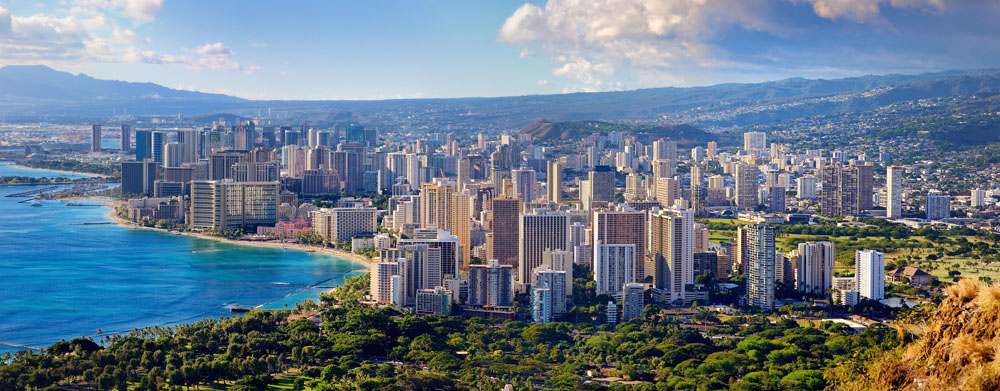
Of course, the tropical climate on the eight main islands of the Hawaiian archipelago is nothing like the English weather. Nevertheless, it is not always exclusively warm with pleasant 27°C in the shade and water temperatures of 25°C. Hawaii has 11 climate zones (out of 13!) and is therefore also extremely varied in this respect.
There are only two seasons in Hawaii, summer and winter. From May to October it is summer, from November to April it is winter, although winter of course seems to be a somewhat erroneous term for this time of year if you look at the temperatures there and in Switzerland. In the winter months, the temperature is just under 24°C, and not quite 18°C at night. In summer, it is a warm 30°C during the day and still a warm 24°C at night. At higher altitudes, however, it is quite possible for temperatures to drop below 10°C at night, and snow is also quite possible on the Mauna Loa and Manua Kea mountains in winter.
Thanks to the trade winds, it is pleasant in Hawaii even in midsummer, which also prevent the high humidity that is common in other tropical regions. The best time to visit Hawaii is mid-April to the end of June, September and October if you want to avoid the crowds, January to early April for whale watching and November to February for surfing.
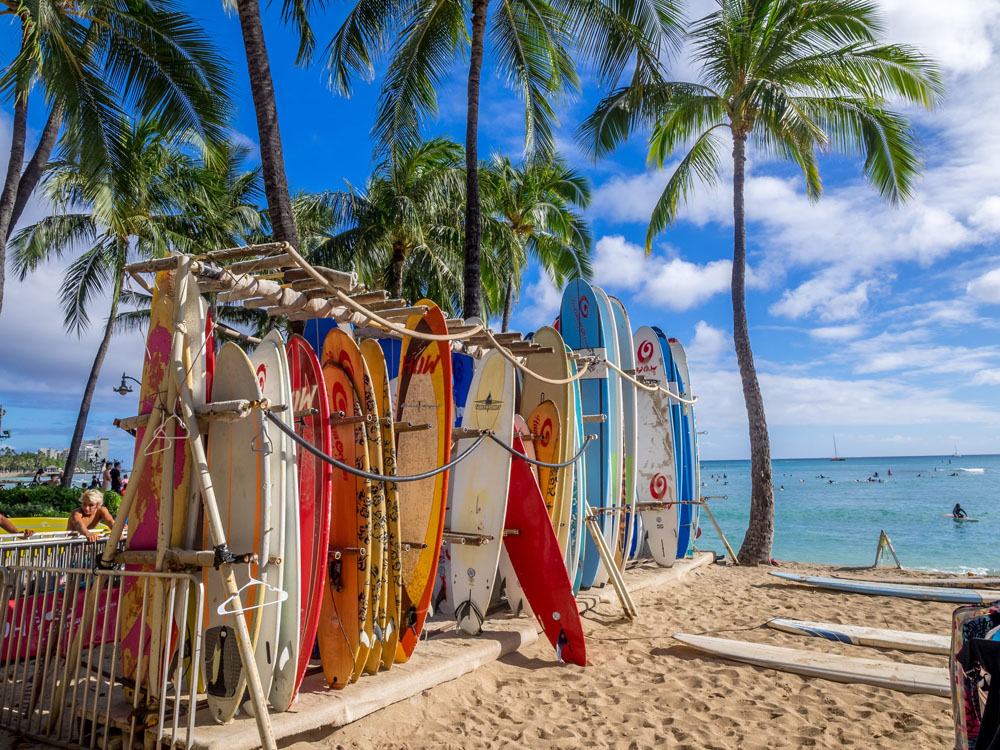
Surfing (learning) in Hawaii probably appeals to many people who are toying with the idea of booking a language study trip to Hawaii. And that is exactly what is possible. In addition to English courses, many language travel providers also arrange suitable leisure activities, such as surfing courses on Maui or off Honolulu, so that you don't have to worry about the organization on site. However, the extent to which this advance planning is necessary and possibly even more expensive depends on the organizer. Decide for yourself how flexibly you want to organize your free time on site.
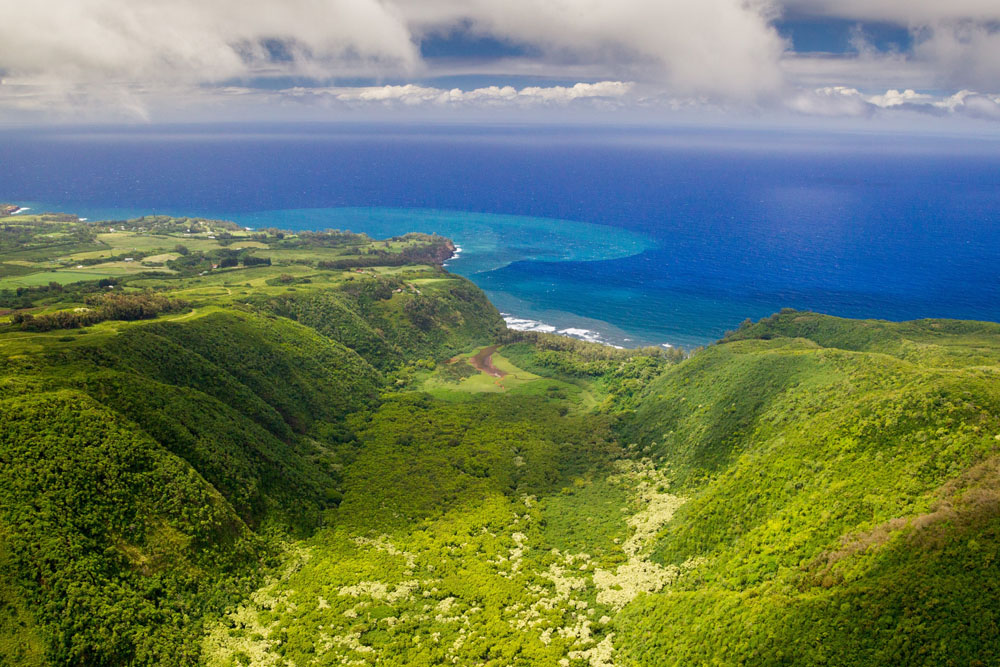
As Hawaii is part of the USA, the US entry regulations also apply there. For Swiss, Austrian and German nationals, this means that they must have a return or onward flight ticket that certifies that they will be leaving the country no later than 90 days after landing in the United States. In addition, a valid Swiss passport, which must be valid for at least six months, and an ESTA (Electronic System for Travel Authorization) permit are required. Such authorization allows visa-free entry into the country, but requires that language students do not attend more than 20 language lessons per week. Anyone who does not meet these criteria, for example by choosing a diploma language course or intensive language course, must apply for a visa, such as a student visa, which must be applied for directly and in person at the Swiss embassy in Bern. Such a visa is also required for a longer planned duration of more than 90 days, provided that you do not want to enter the USA earlier than 30 days before the language course or stay in the country for more than 60 days after the course. If this is the case, a student visa is not sufficient and you will need to apply for another visa, such as a business visa or tourist visa. The American embassy can provide you with information on all visa types.
Of course, even in paradise there are problems from time to time and Hawaii is not immune to crime, although car thefts, car break-ins, house break-ins and pickpockets are the main offenses. So watch your luggage and travel with common sense.
The three currently active volcanoes in Hawaii, Maunaloa, which last erupted in 1984, Kilauea, which has been erupting continuously since 1983, and the underwater volcano Loihi, which has been erupting since 1996, represent an attractive "danger". Kulauea and Maunaloa can be admired up close in Hawaii Volcanoes National Park, but the marked routes should not be left for safety reasons, not least because of the damaging volcanic gases.
Earthquakes are also an issue in Hawaii, which can hit the islands unprepared at any time, as can tsunamis caused by earthquakes on the open sea.
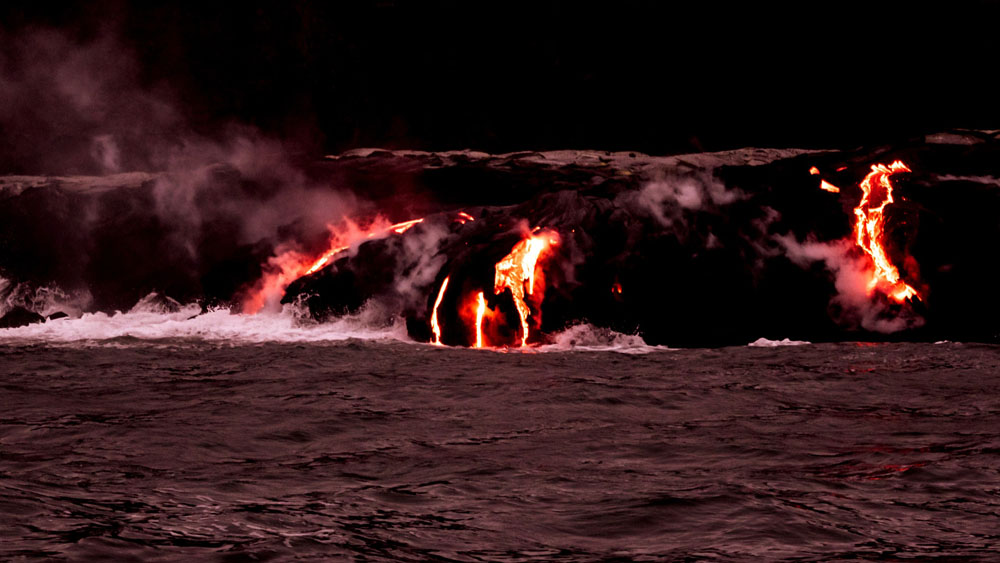
Hawaii thrives on tourists, millions of whom travel to the islands every year. Prices are therefore correspondingly high, which is also reflected in the cost of living. It should be noted that all prices in supermarkets and restaurants are net prices. Taxes - and in restaurants the obligatory tip of 15-20% - must also be added.
But first you have to come to Hawaii for your language study trip and to do this you have to reckon with flight costs of around $2000 from Zurich, unless you get a bargain. Depending on the language school, you will have to pay different costs for the English course and the accommodation can also vary considerably in price. For a four-week standard course with 20 language lessons per week, you should expect to pay around $1,500 to $1,700, including materials and registration fees. In addition, there is the accommodation, which is not always the cheapest option in a host family. $2,500 for four weeks with a host family is quite realistic; accommodation in a single room in a residence costs between $1,900 and $4,500. Maintenance fees, servicing and registration fees are added by the language tour operators for many accommodations.
Flight, accommodation, language course and fees for a four-week language study trip to Hawaii therefore amount to at least $5,400, unless you can take advantage of special offers or discounts.
However, meals are not included in this price, nor are leisure activities - for a two-hour surf course including surfboard rental, you can expect to pay around $100. Rental cars are available from $35 per day, island flights from $80. The transfer from the airport should also be included in the budget planning, as well as travel insurance costs and possibly visa fees. You are therefore unlikely to spend less than $6,500 on a four-week language course in Hawaii.
If this price is too high for you, you should consider a language study trip to Europe. Of course, this is not the island paradise of Hawaii, but you can learn English, make new friends and have unique experiences there too - and at a much lower price.